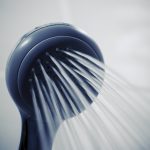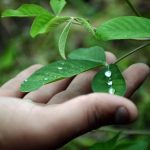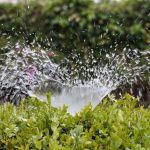It seems that thus far, we have taken our water sources for granted. The impact of climate change on the environment is indisputable and the planet is getting warmer due to the greenhouse effect. Truth be told, this is mostly, if not entirely, our fault. Our disregard for the wellbeing of our surroundings has brought about the melting of polar ice and the consequent rise of sea levels, as well as intense heat waves which trigger a shift in the natural timetable of things concerning both flora and fauna. Thanks to the rising global temperatures, we find our wildlife, agriculture, ecosystems, our health and water and energy resources compromised.
Our water resources have been impacted with droughts and water shortages and are becoming a widespread issue. Firstly, there is much less snow accumulated on mountain tops which rely on it for water storage. Secondly, the frequency of downpours has increased resulting in numerous floods and a noticeable decrease in water quality.
However, it is not too late to take action. There are ways in which we can help save this precious of all commodities for generations to come. Let’s take a look at how mindful water conservation can help us shape a better future for us and the planet.
Water Recycling
Lack of awareness of wastewater recycling has resulted in the fact that a whopping 80 percent of the world’s water is not collected nor treated. Severe freshwater shortages in certain areas have highlighted the importance of water reuse and governments have taken steps to help produce water which is clean enough to drink, or be used for other purposes which include irrigation of gardens and agricultural fields, as well as replenishing groundwater and surface water.
Restricted Lawn and Garden Watering
A lush, healthy lawn needs plenty of water to thrive, but that doesn’t mean that the watering can’t be done in a more thoughtful way. Water conservation practices in gardening are extremely important in areas which are prone to droughts or restrictions. High-quality mulch, for instance, will keep in the moisture and provide protection from the sun’s heat. In this case recycled, or ‘gray’ water is most welcome and having a collection facility will alleviate the need to source from the tap.
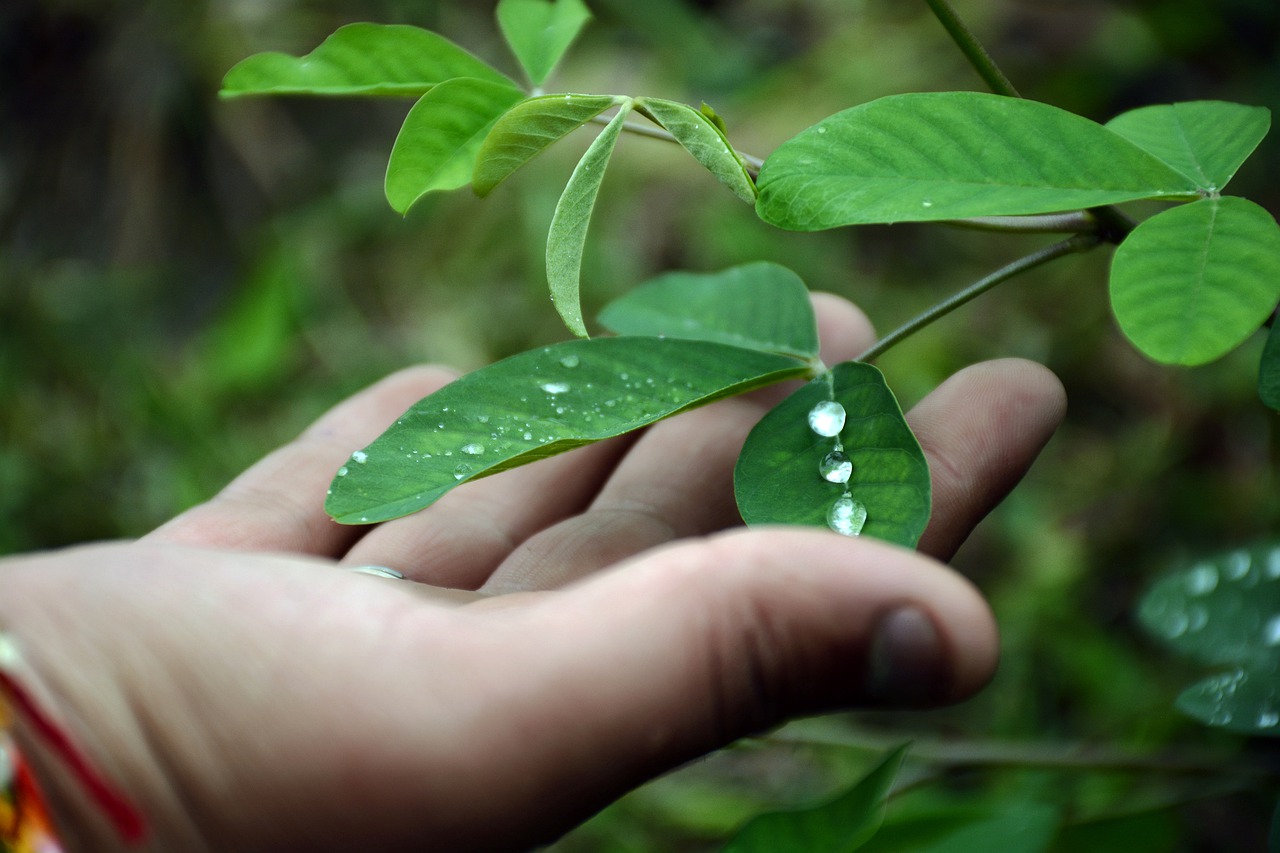
Saving Water at Home
Being “water-aware” while going about your day at home will be of great help both to your budget and the environment as a whole. Start with turning off the faucets whenever you’re not using them, whether you are washing the dishes or brushing your teeth. Bathroom faucets run at about two gallons a minute so you can save hundreds of gallons a month just by turning them off when unnecessary. Also, check for leaks in the bathroom and the kitchen, since a slow drip can likewise waste up to 200 gallons a day.
Water-Wise Appliances
Switch your old home appliances for water-saving ones whose efficiency will definitely result in a considerably smaller water bill after only a month’s usage. Buying a high-efficiency washer is certainly a well-placed investment. While shopping for a new appliance, keep an eye out for an Energy Star certified machine. They use about 40 percent less water than regular washers since clothing is flipped and spun through streams of water and repeated high-pressure sprays.
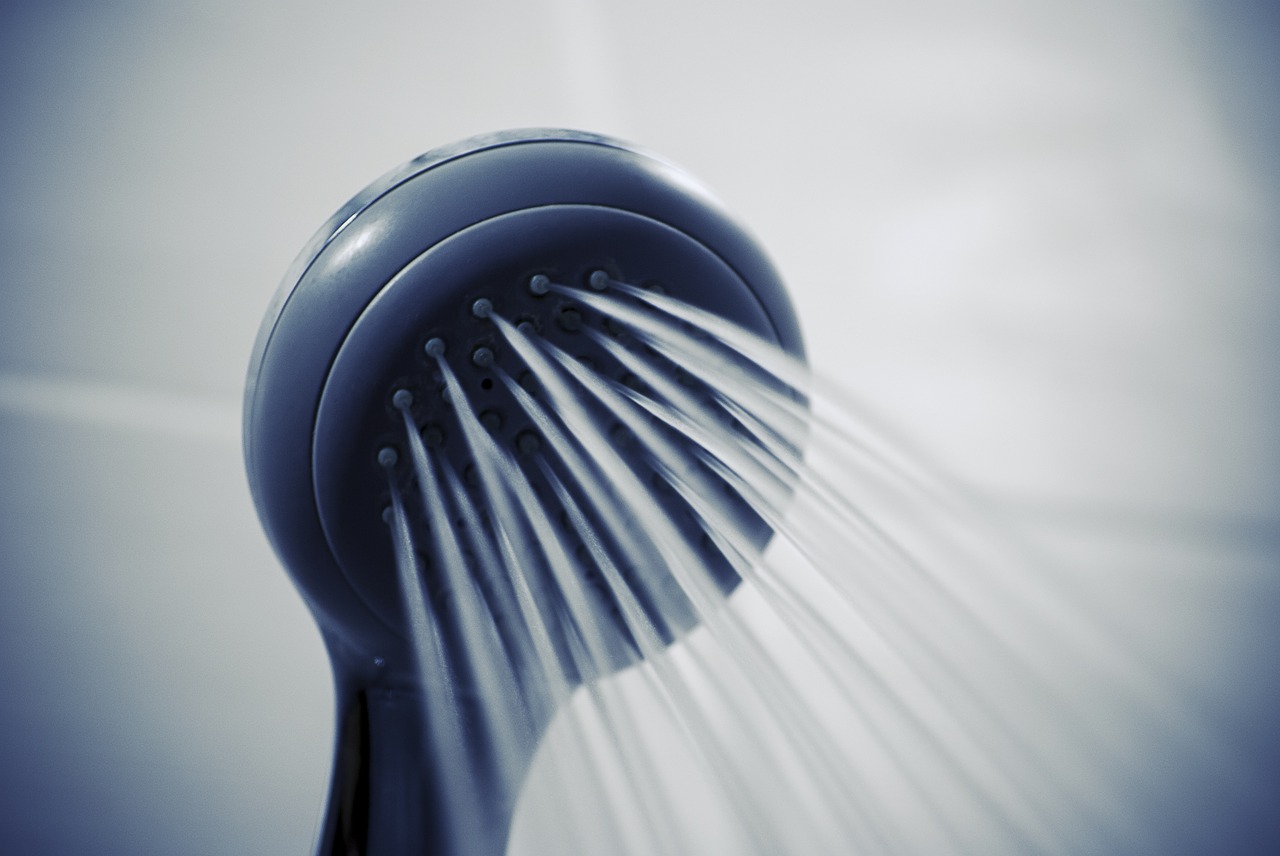
Nearly 30 percent of an average home’s indoor water consumption is attributed to the toilet. Water-saving toilets use about five times less water per flush, and dual-flush varieties even less. When it comes to showering, an average family of four uses about 40 gallons a day, which can be decreased by replacing your regular showerhead with a low-flow one which offers the same, or even better performance while using less water.
Management of Stormwater
Water and conservation are becoming an integral part of landscape planning. Stormwater management plans have been devised to reduce the runoff of rainwater or melted snow into streets, lawns or other sites and generally improve the quality of water. In cases of heavy rain, the saturated ground creates excess moisture which runs across the surface and into storm drains or road ditches. This water very often contains debris, bacteria, harmful chemicals and other pollutants which it carries into rivers, lakes or wetlands. A thought out stormwater design and ‘green infrastructure’ capture and reuse stormwater so it can be filtered and rid of pollutants. One of the most important factors in stormwater management is collecting and preserving good water quality in order to keep the ecosystem and the community healthy and resilient.
Efficient Irrigation Techniques
Farm irrigation amounts to about 70 percent of global freshwater use. This being said, implementing some water conservation techniques in this field would be most beneficial. There are irrigation systems which accurately measure usage with the help of water flow meters. This way we can avoid overwatering, i.e. water waste. Drip irrigation alongside low-energy irrigation are also techniques which are most welcome. With drip irrigation, the goal is to place water directly into the root zone and minimize evaporation, while low-energy irrigation will reduce consumption by 15 to 30 percent by simply lowering sprinklers heads so they are closer to the crops.
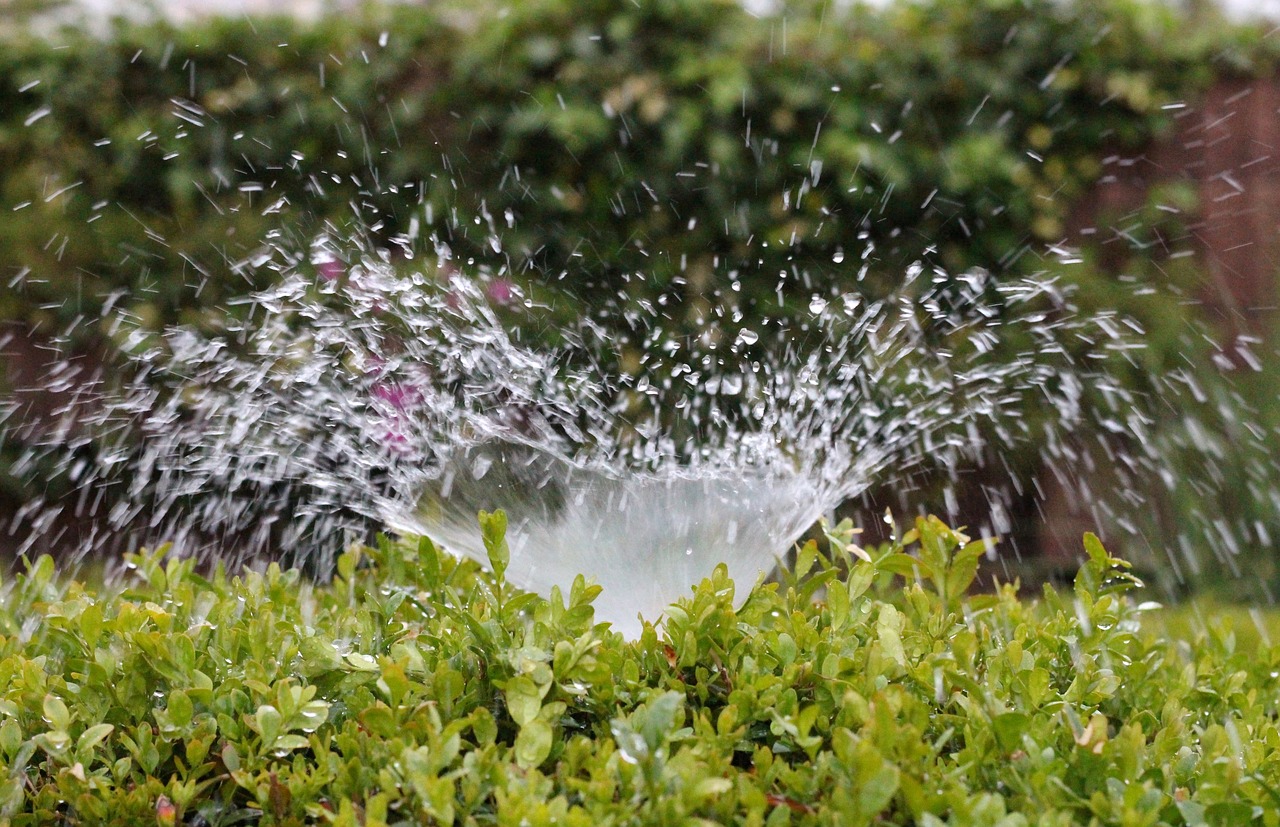
The importance of water conservation can’t be emphasized enough. Not only does it keep water pure and clean while protecting the environment, it also means we are using our supplies wisely and responsibly. Since our livelihood depends on it, we must learn how to keep the limited water we have pure and free of pollution.




